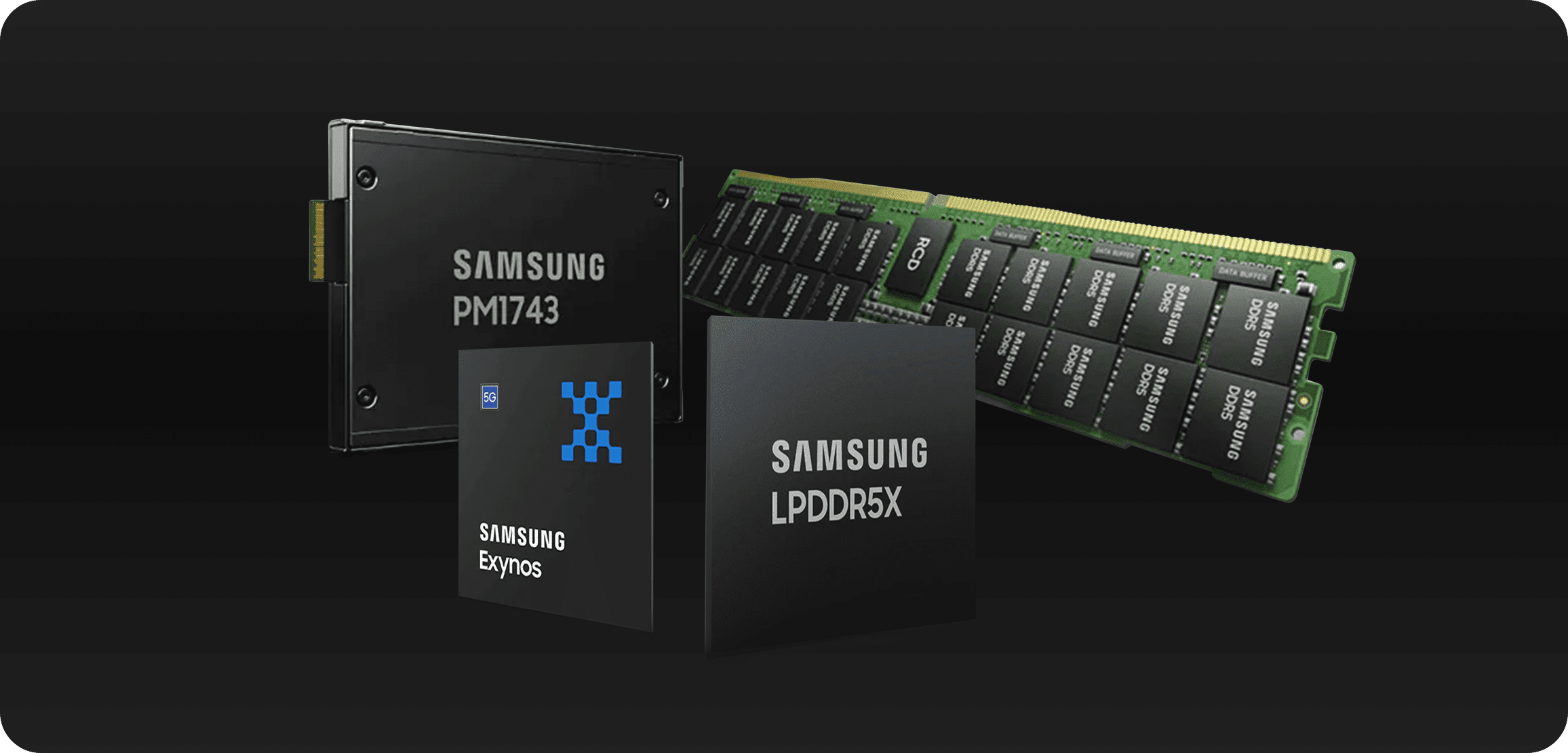5G describes the fifth generation (5G) of cellular technology, which is set to enhance wireless networks with faster speeds, lower latency, and massive capacity. Just how fast are we talking? With much greater bandwidth than 4G, some estimates predict that 5G wireless broadband will support data transfers of up to 20Gbps (Gigabits per second), in addition to virtually eliminating lag altogether.
By reducing latency to one millisecond or lower, 5G networks bring
near-instantaneous connections, and are fast enough to support services that require real-time feedback. Eventually, 5G networks are revealing entirely new applications for connectivity that will streamline more facets of daily life.

For consumers, some of the most exciting prospects of 5G’s widespread adoption are the Enhanced Mobile Broadband (eMBB) services that are coming with it.
5G’s high bandwidth and exceptional speeds are supercharging services like high-definition (HD) video streaming, virtual reality (VR) and augmented reality (AR), and enabling mobile device users to stay connected like never before.
Whereas with 4G, at a speed of 500Mbps (Megabits per second), a 15GB HD movie file would take
roughly four minutes to download, with 20Gbps 5G, it would take just six seconds. eMBB will also enable high-traffic venues like airports and stadiums to support seamless HD streaming services, and allow users to enjoy data speeds of at least 100Mbps in areas where cellular signals are weak.

5G’s support for ultra-reliable and low latency communications (URLLC) is fast-track innovation in a wide range of fields, including robotics, autonomous vehicles, interactive gaming, and more. 5G networks’ efficient architecture and resource management cut delay times from tens of milliseconds (with 4G) to just one.
So whereas when connected to a 4G network, an autonomous vehicle traveling at 100kph would receive an emergency brake order after a 50millisecond delay, which
means it would begin to apply the brakes after traveling roughly 1.4meters, with 5G’s one-millisecond delay time, the vehicle would begin to stop immediately – after traveling just 0.028meters.
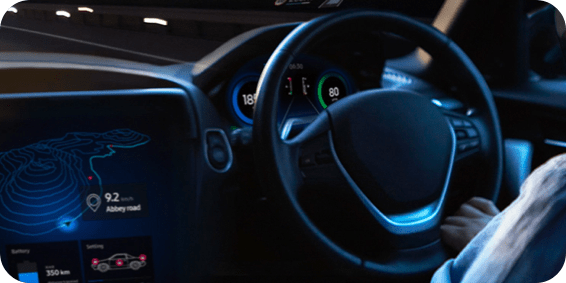
The next evolution of NB-IoT and LTE-M technology, Massive Machine-Type Communications (mMTC) will enable 5G networks to create an environment where they can seamlessly connect up to a million homes and devices within a single square kilometer, and by doing so, take consumers’ IoT experiences to the next level.
By linking countless devices with continuous, energy-efficient connections, mMTC technology allows us to lay the foundation for smarter, more efficient cities. And it’s
not just urban areas that will benefit from mMTC’s connectivity. Services that require high connection density, such as smart agriculture solutions, will also thrive and expand in the 5G era.

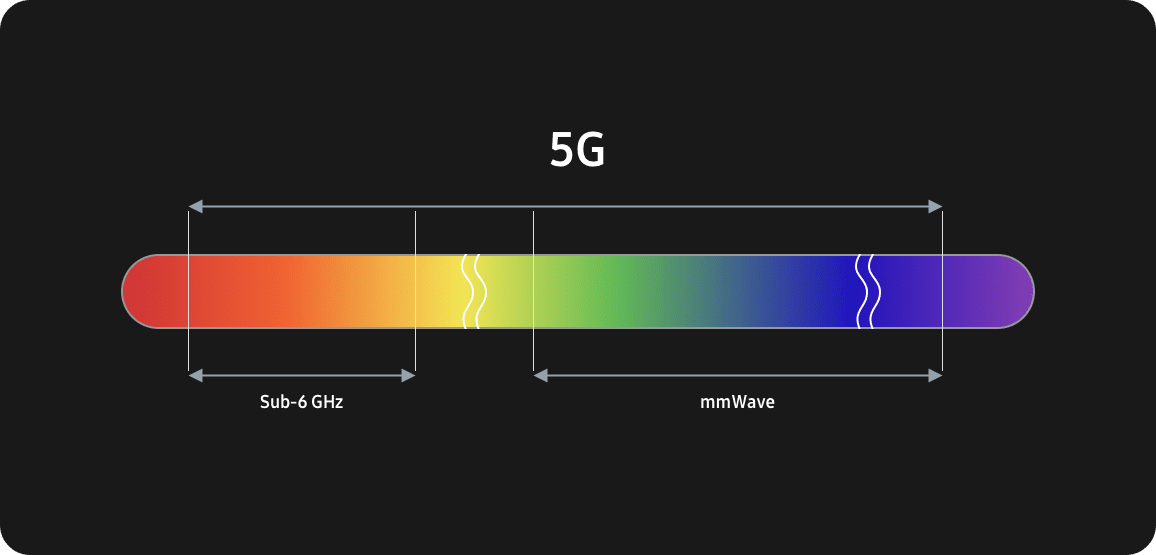
A broader spectrum
To foster maximum coverage and reliable connections, 5G networks operate on frequencies that fall within three key ranges of the mobile spectrum: Sub-1GHz, 1–6GHz, and above 6GHz.
The Sub-1GHz range supports large-scale IoT services, and offers widespread coverage across urban, suburban and rural areas. The 1–6GHz range, and specifically spectrum that lies between 3.3 and 3.8GHz, offers exciting coverage and capacity benefits, and is expected to provide the basis for initial 5G services.
Finally, the above 6GHz range is particularly important for fostering the ultra-high broadband speeds that come with 5G.
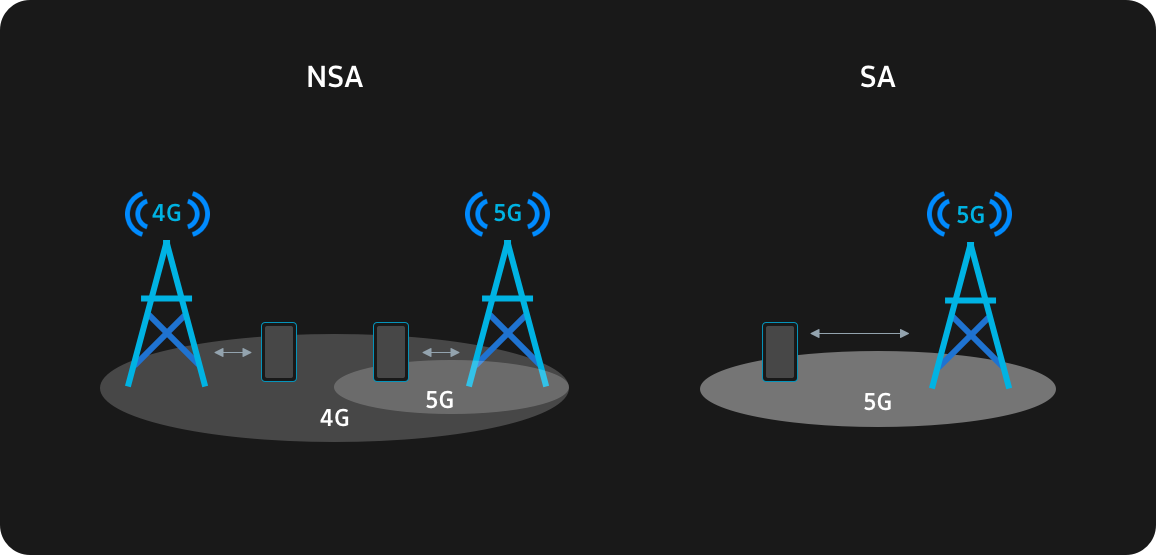
Small cells, big speeds
Small cells are essentially low-power, short-range mobile base stations designed to offer coverage for small geographical areas or indoor/outdoor applications.
They combine all the basic functionality of conventional base stations into a package that can be mounted unobtrusively to buildings or fixtures.
They’re also capable of handling high data rates, and they’re sure to play an important role in spreading high-speed mobile broadband.
Small cells are divided into three categories based on the amount of coverage and users they support. Femtocells are miniature base stations that can provide cellular service for homes and small enterprises.
Pico cells offer a level of coverage that’s suitable for large office buildings and similar environments, while microcells are ideal for locations with a large number of users, like dense urban areas.
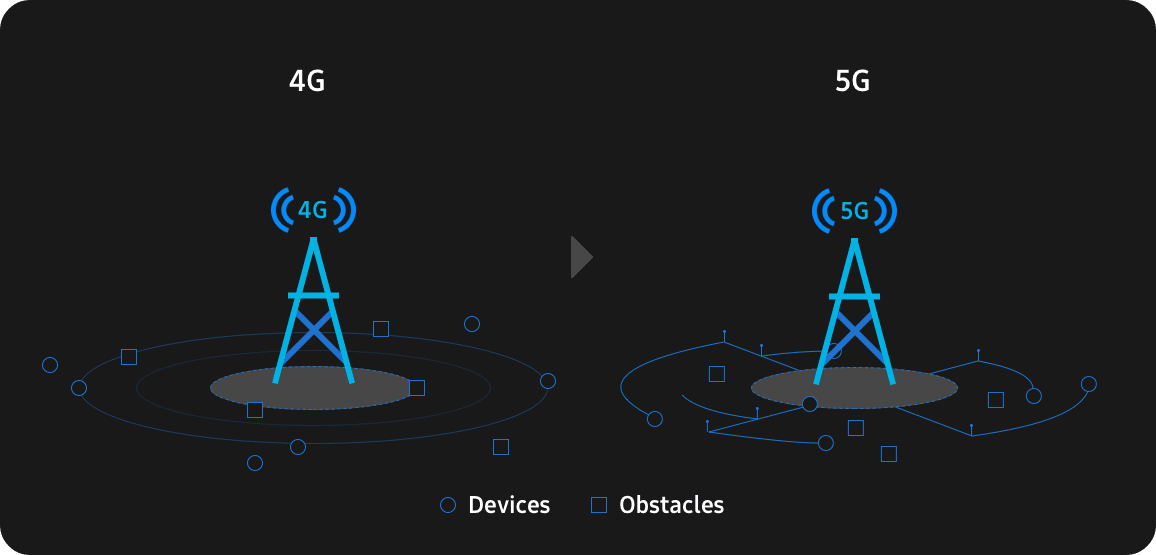
Strengthening signals
Beamforming is a technique that enables an array of antennas to be focused in the same direction to produce a strong, concentrated signal. This technology is important for 5G deployment because it enables more efficient data transmission.
Beamforming ensures that signals are directed only where they’re needed – rather than broadcasted in all directions – and enables mmWave (millimeter-wave) frequencies to cover more distance with less interference from other signals. The more antennas in the array, the narrower the beam, and the more concentrated the signal will be.
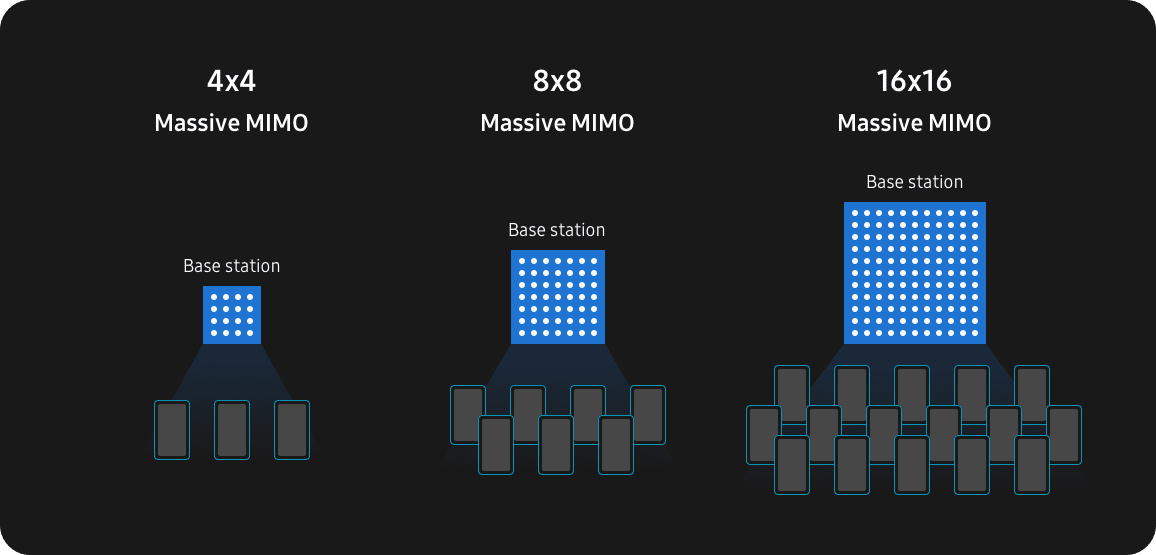
Comprehensive connections
Massive MIMO (multi-input, multi-output) technology works by grouping antennas together in a way that allows multiple data signals to be transmitted and received simultaneously, over the same wireless channel. For users, that means greater spectrum efficiency and better throughput.
One of the current limitations of 4G MIMO technology is that it utilizes one-dimensional antenna arrangements that restrict beamforming to the horizontal plane. 5G Massive MIMO addresses this issue by utilizing two-dimensional antenna arrays that offer coverage both horizontally and vertically, and allow more users to connect simultaneously.
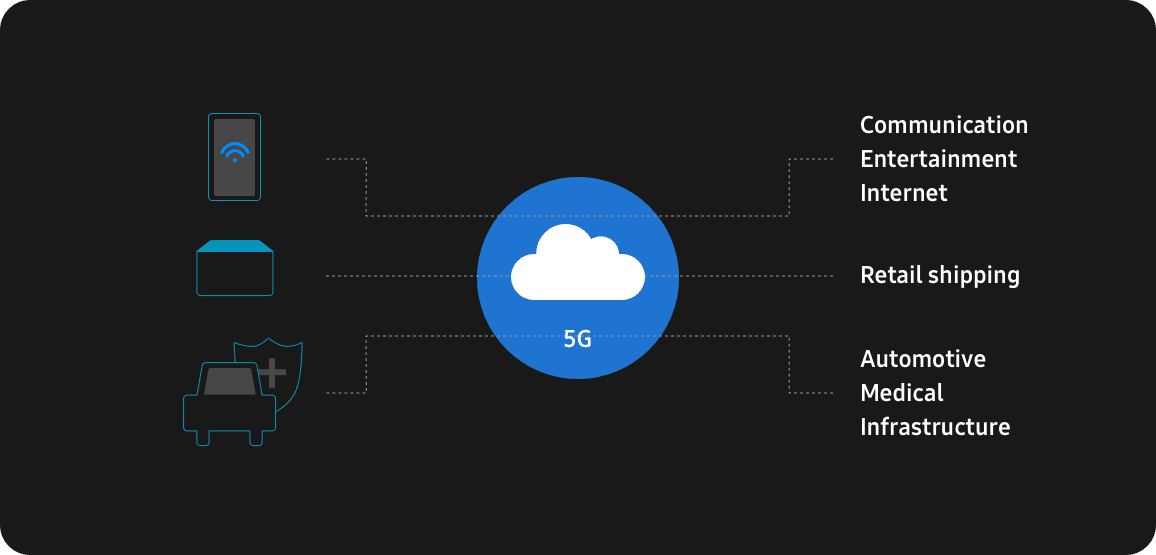
A simpler approach to service management
With 4G, data services such as over-the-top (OTT) media streaming, browsing the web and GPS navigation are facilitated through the same pipeline. This makes it impossible for carriers to distinguish between these services, and means that quality of service (QoS) cannot be guaranteed.
5G network slicing technology addresses this issue by letting carriers create virtual data pipelines within a network’s architecture that are dedicated to each individual service.
Network slicing not only maximizes 5G networks’ flexibility and opens the door for the implementation of more dynamic services, it also enables QoS to be assured for each and every service, and helps ensure the quality of time-sensitive, mission-critical services like connected cars.
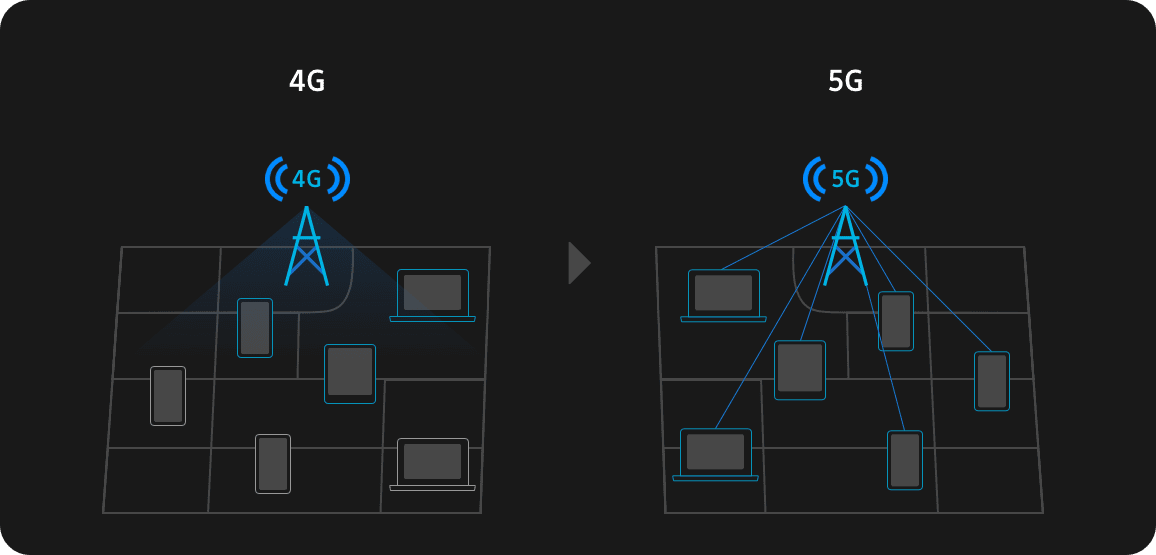
The two tracks to 5G implementation
Service providers transitioning from 4G to 5G can choose to deploy their new network using either an NSA (non-standalone) or SA (standalone) architecture.
Opting for an NSA architecture would enable a carrier to utilize its existing LTE network’s assets as a base for rolling out 5G coverage. A SA architecture, on the other hand, would be purpose-built for 5G utilization and not dependent upon an existing 4G network. While the first wave of 5G deployments will likely be NSA networks, once coverage has been established, standalone networks that unlock 5G’s true power will begin to roll out and start powering incredible services and
experiences.
Next-level streaming
and gaming
New driving experience
Building smarter homes,
offices and cities
Streamlining networks and servers
5G is set to revolutionize mobile entertainment as we know it. 5G networks allow mobile device users to stream ultra high-quality videos when using OTT (over-the-top) services, and enable creators to produce content in crystal clear 4K and 8K.
Virtual-, augmented- and mixed-reality content will also be enhanced, and leverage 5G’s reduced latency and high capacity to deliver a more immersive experience. Gaming, too, will be taken to the next level, as users will be able to
access and play high-performance games straight from the cloud

5G is greatly accelerating the development of autonomous driving solutions that make the driving experience safer and more comfortable.
5G networks’ low latency and maximized throughput will enable cellular vehicle-to-everything (C-V2X) technology – essential for autonomous transportation – to become safer and more reliable, and allow connected vehicles to share and analyze rich data in real time. Connections will be consistent even in fast-moving cars, and enable in-vehicle infotainment systems to offer seamless access to cloud-based apps, as well as services like high-resolution video streaming and
immersive virtual and mixed reality.

The speed, density, and reliability of 5G will connect numerous IoT devices, simplifying many aspects of daily life. A variety of connected smart devices will provide a more personalized and convenient experience at home and at work.
At the office, people will be able to work smarter by taking advantage of next-generation technologies such as augmented reality and increased bandwidth. Furthermore, cities will be able to improve problems such as crime, energy management, and parking by connecting numerous IoT devices to collect and control various data.

For 5G deployment, the mobile network design perspective is changing. Networks are evolving to deliver the levels of bandwidth, latency, and efficiency needed for IoT, artificial intelligence, cloud computing, and more.
Servers also need to process the massive amounts of data produced in the 5G era more quickly for businesses and individuals. To achieve this, the server framework also needs to be configured in a cost-effective and flexible way, optimized for both traditional and hybrid cloud applications.

Leading the way toward a connected and convenient future
With a wide-ranging semiconductor portfolio for 5G applications including mobile devices, IoT, automotive, servers and more, Samsung is leading the charge for 5G deployment and ushering in a future that will redefine connectivity as we know it. Samsung’s 5G modems of Exynos processors enable mobile devices to offer fast and reliable connections, while mobile processors provide the power and performance necessary to deliver the next-generation mobile experiences that consumers have been waiting for.
Like its latest enterprise SSDs, Samsung’s RDIMM and LRDIMM servers were designed to meet and exceed the demands of computing in the 5G era. The company is also driving innovation in fields like autonomous driving and IoT with semiconductor solutions that are paving the way for smoother and safer rides, and strengthening connections between intelligent devices.
Key among these is Samsung’s groundbreaking LPDDR5 X, the industry’s first 16gigabit (Gb) Low Power DRAM. Combining lightning-fast transfer speeds (up to 8.5 Gbps ) with an energy-efficient design, the LPDDR5X represents a major step forward for low-power memory solutions – one that will be key to creating a more connected future.
